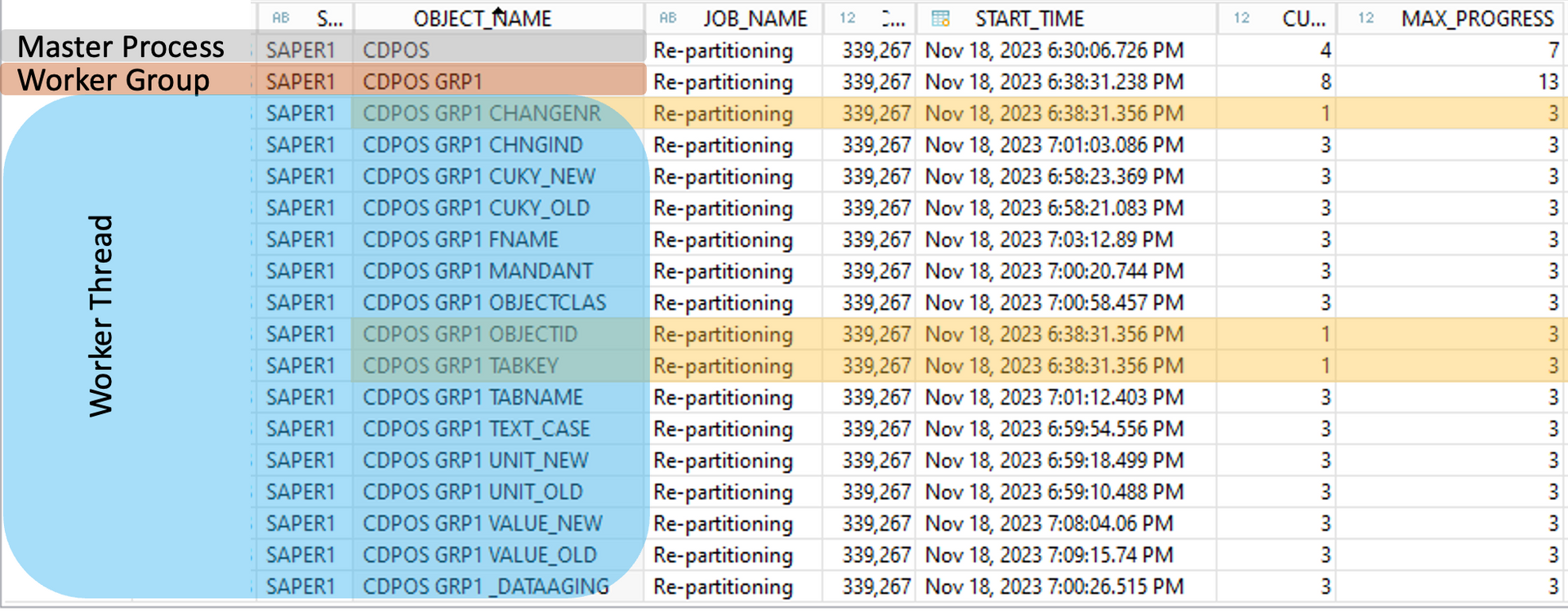HANA News Blog
Buchtipp: SAP HANA Deepdive: Optimierung und Stabilität im Betrieb
Jens Gleichmann und Matthias Sander • 30. März 2025
Unser erstes Buch ist nun verfügbar
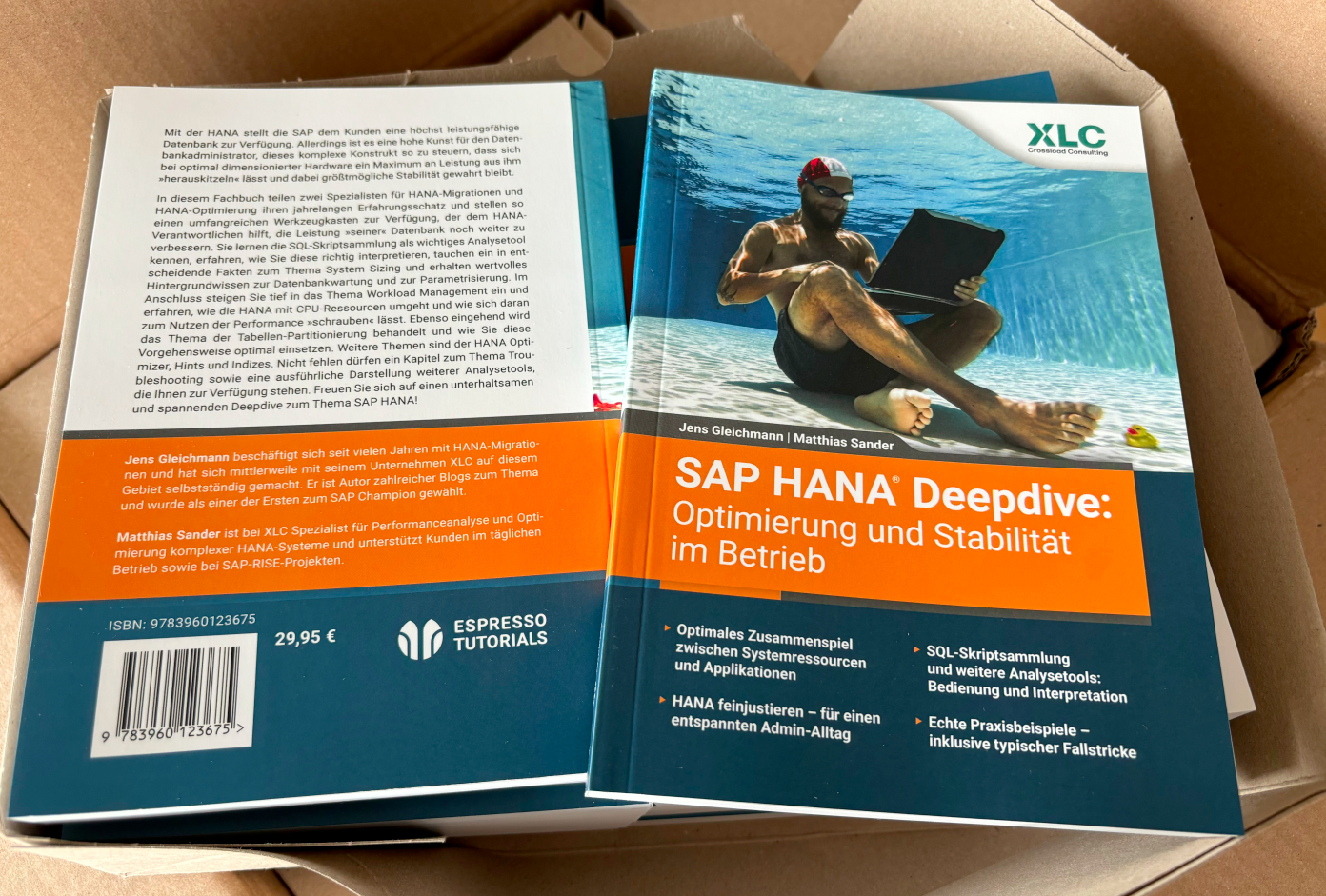
Pünktlich zu den DSAG Technologietagen 2025 wurde unser erstes Buchprojekt finalisiert und gedruckt. Hierbei handelt es sich
nicht um das x-te HANA Administrationsbuch mit dem nötigen Basiswissen rund um die HANA Datenbank, sondern um eines das auf diesen Büchern für einen echten Deepdive aufbaut. Aktuell ist das Buch lediglich in Deutsch verfügbar.
Was steckt alles im Buch?
- - knapp 300 Seiten HANA Know-How
- - ~49543 Wörter
- - 324.960 Zeichen (ohne Leerzeichen) / 372.544 Zeichen (mit Leerzeichen)
- - 3298 Absätze
- - 8270 Zeilen
- - 11 Kapitel geballte Erfahrung, welche man nicht in Guides oder Dokumentationen findet
- - 158 Bilder - alle eigens angefertigt (besonderes Dankeschön an Dominik Fiedler!)
- - viel Zeit (über 250h), akribische Arbeit, Schweiß, Researching und ein paar graue Haare mehr
Wer sollte das Buch lesen?
- - erfahrene SAP Admins
- - HANA DBAs mit dem Drang nach Expertise
- - SAP Architekten für Themen wie Wartung und Sizing
- - SAP / HANA Entwickler mit dem Interesse Abfragen performant zu gestalten
Inhaltsverzeichnis:
- 1. SQL-Skriptsammlung
- 2. HANA System Sizing
- 3. Maintenance
- 4. Parametrisierung
- 5. Workload Management
- 6. Optimizer
- 7. Partitionierung
- 8. Hints
- 9. Index
- 10. Troubleshooting
- 11 Tools zu Analysezwecken
Wo bekommt Ihr es?
- - espresso-tutorials.com (via digitales Abo oder als gebundenes Buch)
- - sprecht uns an
- - ISBN: 9783960123675
Ein riesiges Dankeschön an die vielen Kollegen und Experten für die Unterstützung, Überprüfung und Feinjustierung.
SAP HANA News by XLC
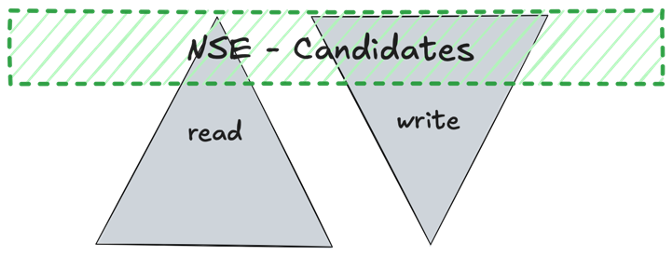
SAP NSE was introduced with HANA 2.0 SPS04 and based on a similar approach like data aging. Data aging based on a application level approach which has a side effect if you are using a lot of Z-coding. You have to use special BADI's to access the correct data. This means you have to adapt your coding if you are using it for Z-tables or using not SAP standard functions for accessing the data in your Z-coding. In this blog we will talk about the technical aspects in more detail.

In transformation projects like SAP RISE / SAP Cloud ERP, the Roles & Responsibilities (R+R) list often serves as the backbone for collaboration between customer, partner, and SAP. Yet too often, this list is treated as a static document rather than a living framework. Sometimes nobody knows exactly what was defined by
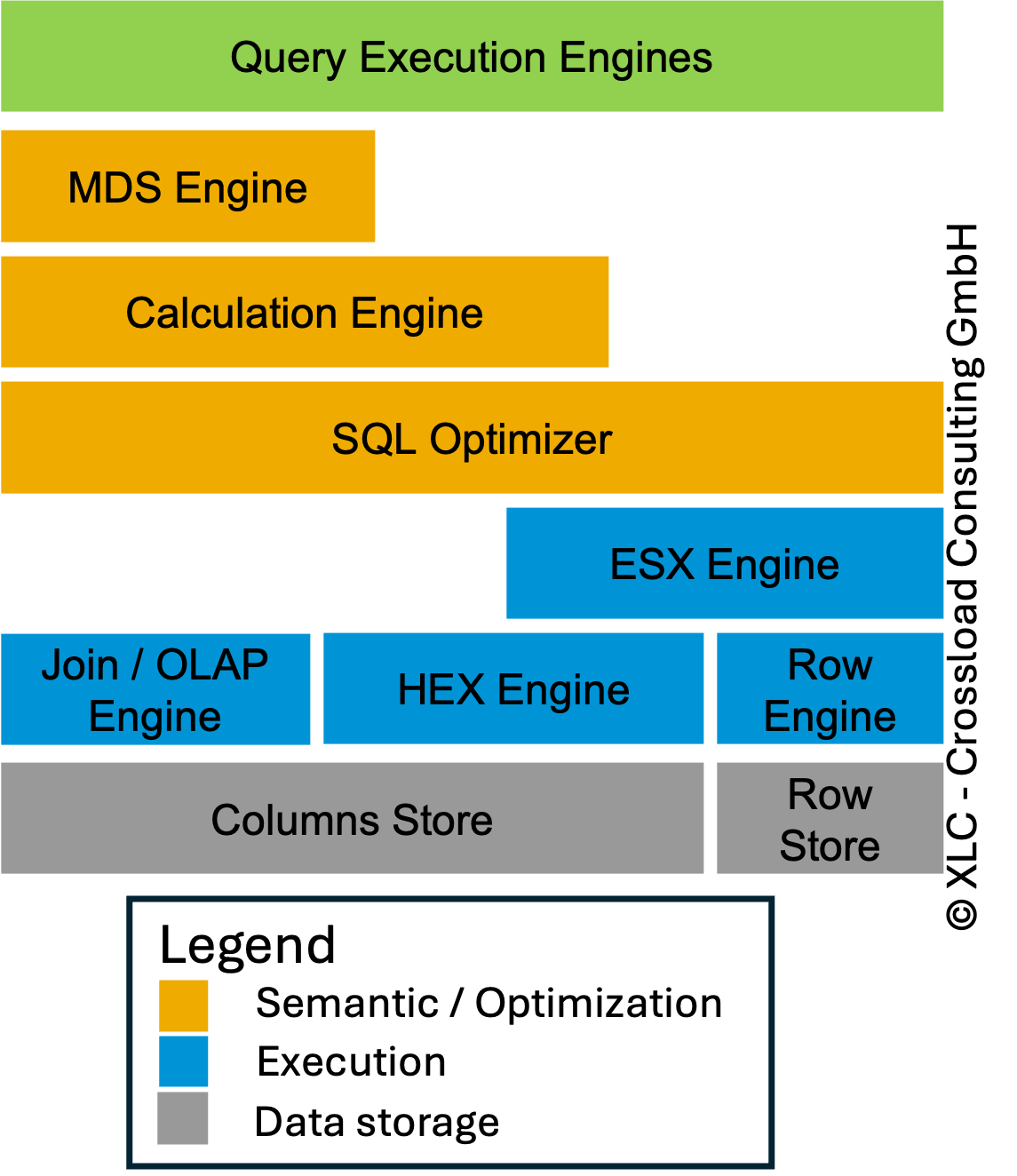
In the world of modern database management systems, query performance is not just a matter of hardware—it’s about smart execution plans. At the core of generating these plans lies a critical component: optimizer statistics.
This article explores why databases need optimizer statistics, with particular emphasis on SAP HANA, while drawing parallels with Oracle, Microsoft SQL Server (MSSQL), and IBM DB2.

Please notice that when you want to run HANA 2.0 SPS07, you need defined OS levels. As you can see RHEL7 and SLES12 are not certified for SPS07. The SPS07 release of HANA is the basis for the S/4HANA release 2023 which is my recommended go-to release for the next years. Keep in mind that you have to go to SPS07 when you are running SPS06 because it will run out of maintenance end of 2023.

With SPS06 and even stronger in SPS07 the HEX engine was pushed to be used more often. This results on the one hand side in easy scenario to perfect results with lower memory and CPU consumption ending up in faster response times. But in scenarios with FAE (for all entries) together with FDA (fast data access), it can result in bad performance. After some customers upgraded their first systems to SPS07 I recommended to wait for Rev. 73/74. But some started early with Rev. 71/72 and we had to troubleshoot many statement. If you have similar performance issues after the upgrade to SPS07 feel free to contact us! Our current recommendation is to use Rev. 74 with some workarounds. The performance degradation is extreme in systems like EWM and BW with high analytical workload.
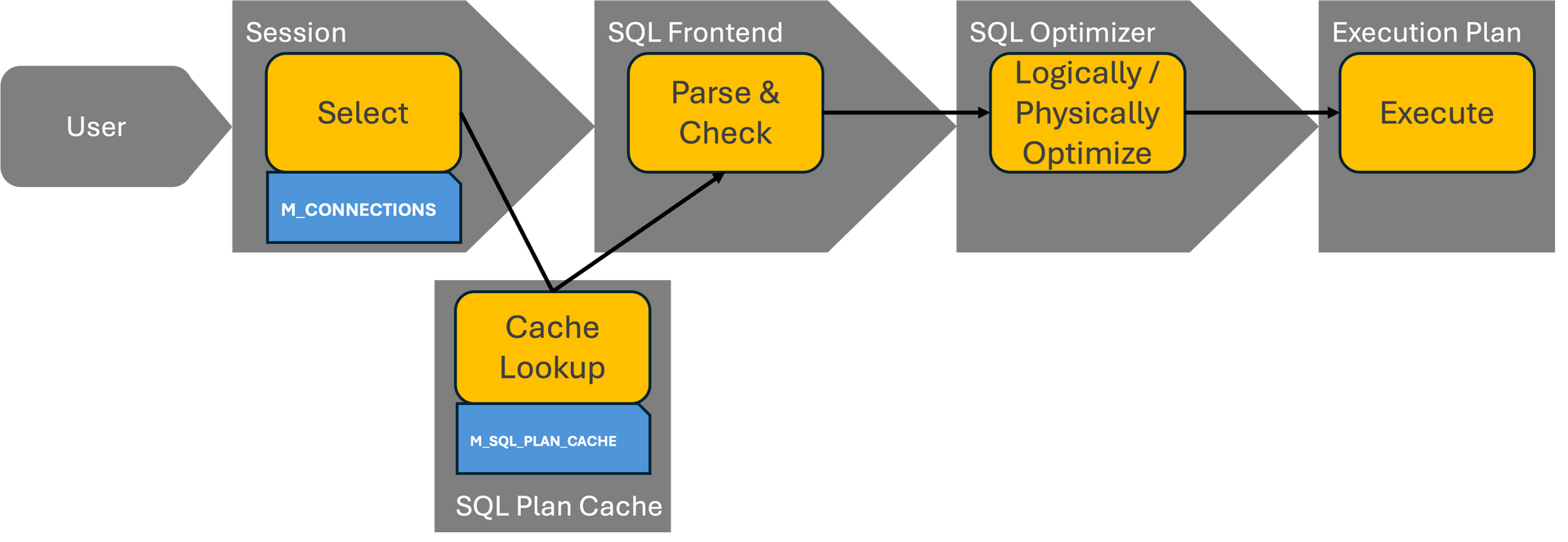
A database optimizer behaves similarly to the navigation system in your car. You use various parameters to determine which route you want to take to reach a particular destination. Potential additional costs for tolls and ferries also play a role, as do other limitations such as the vehicle's height, length, and width. From these input parameters, the navigation system determines the optimal route based on current traffic information (traffic volume, construction sites, congestion, accidents, closures, etc.), weather conditions, and the length of the route. This means that with exactly identical input parameters, different routes, costs, and thus different travel times can arise depending on the given conditions.

Most of our presentations on data tiering projects end with these typical questions:
How much we will save?
How fast can it be implemented?
Is the effort worth it over time?
My counter question:
"Do you know how much 1 GB of memory costs your company per month or year?"
=> how much memory we have to save to be beneficial?

Recently handelsblatt released an article with a new SAP RISE option called SAP ERP, private edition, transition option. This option includes a extended maintenance until the end 2033. This means 3 years more compared to the original on-prem extended maintenance. This statement was confirmed by SAP on request of handelsblatt, but customers receive more details, such as the price, in the first half of the year. This is a quite unusual move of SAP without any official statement on the news page. Just to raise more doubts? Strategy? However a good move against the critics and the ever shorter timeline. Perhaps it is also a consequence of the growing shortage of experts for operating and migrating the large number of systems.

When it comes to optimizing SAP HANA, the balance between performance and cost efficiency is critical. I am happy to share a success story where we used the Native Storage Extension (NSE) to significantly optimize memory usage while being able to adjust the sizing at the end.
The Challenge: Our client was operating on a 4 TB memory SAP HANA system, where increasing data loads were driving up costs and memory usage. They needed a solution to right-size their system without compromising performance or scalability. The client wanted to use less hardware in the future.
The Solution: We implemented NSE to offload less frequently accessed data from memory. The activation was customized based on table usage patterns:
6 tables fully transitioned to NSE
1 table partially transitioned (single partition)
1 table transitioned by specific columns




